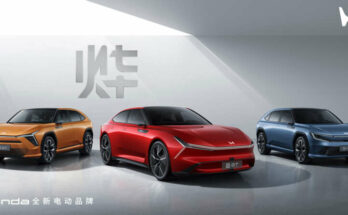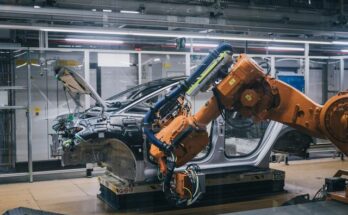Visitors at Indonesia’s annual international auto show 2023 GIIAS (Gaikindo Indonesia International Auto Show) were welcomed by a number of attractive electric car models from China, which are a fairly recent addition to the nation’s roadways.
After setting their foothold in Thailand, Chinese EV makers are now eyeing Indonesia, the largest automobile market in the ASEAN region. In an effort to meet the growing demand for environmentally friendly automobiles in the world’s fourth most populous country, Chinese automakers Neta Auto and Great Wall Motor (GWM) are among those making their international debuts at this year’s GIIAS. Other Chinese automakers including Chery, Wuling, and DFSK are already present in Indonesia.
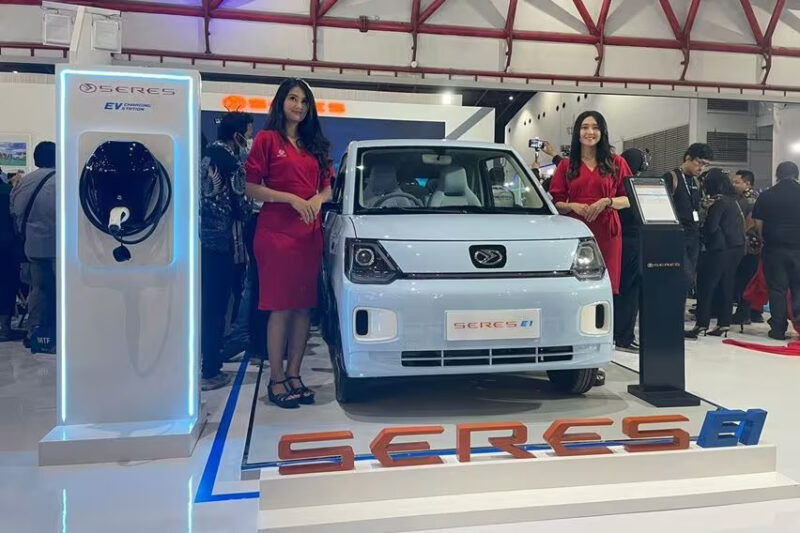
Sales of electric vehicles (EVs), though still a niche product, are expected to soar in Indonesia. In order to boost domestic demand, the government is actively pushing the country to serve as a hub for the manufacturing of EV batteries and automobiles. Wang Chengjie, vice president of Neta Overseas, said at the event:
“We are very excited to enter the Indonesian market, which has huge potential for electric vehicles.”
Neta unveiled three models at the 2023 GIIAS and started pre-orders for the well-liked Neta V crossover, which costs 379 million rupiah ($25,000). While this was going on, Great Wall Motor Group (GWM) displayed the Ora Good Cat, a cute little electric hatchback with “cat-like features” and cheery colors that attracted large throngs of curious spectators.
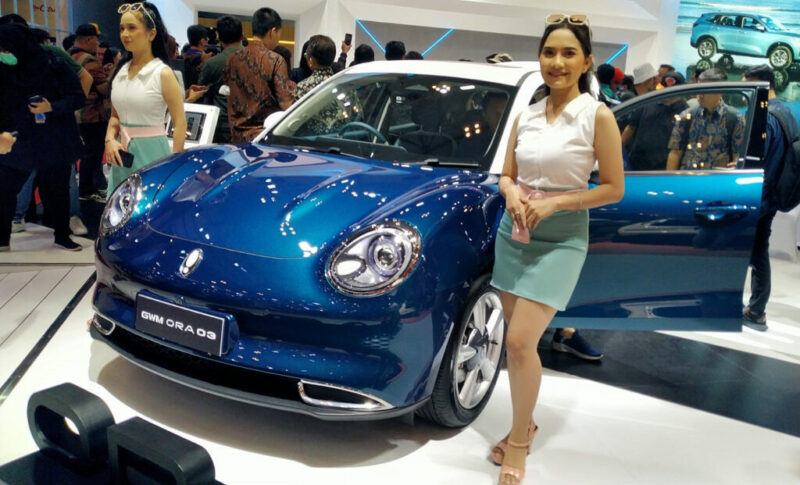
After Wuling started manufacturing its AirEV locally in 2022, Neta will become the second Chinese automaker to begin operating an EV assembly line in Indonesia next year. Hyundai Motor of South Korea also makes electric vehicles at a facility near Jakarta.
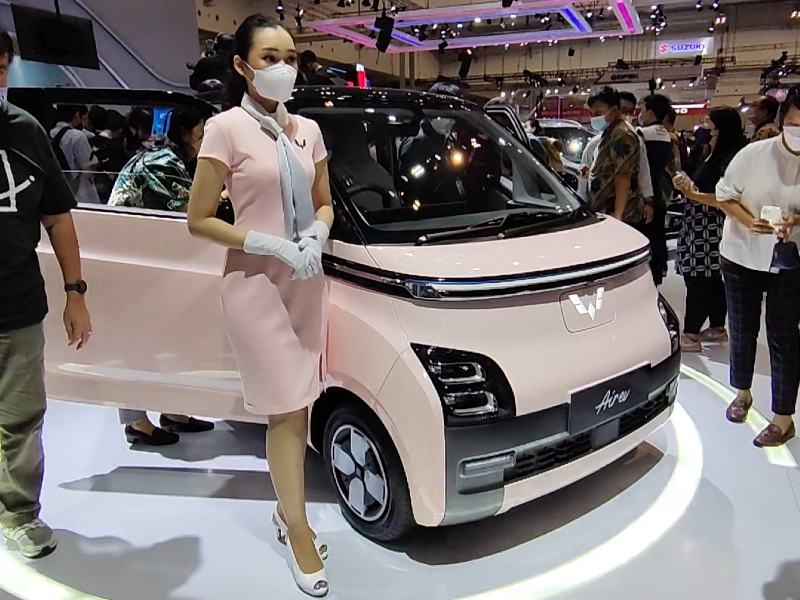
According to figures from the Association of Indonesian Automotive Manufacturers (Gaikindo), Japanese automakers, who have traditionally dominated the Indonesian auto market, such as Toyota, Honda, Daihatsu, Mitsubishi, and Suzuki, accounted for roughly 85% of all automobile sales in Indonesia in 2022. However, the Chinese are starting to ratchet up their penetration with a flurry of EVs to cover the vacuum left by the Japanese who have been too sluggish to adopt EVs.
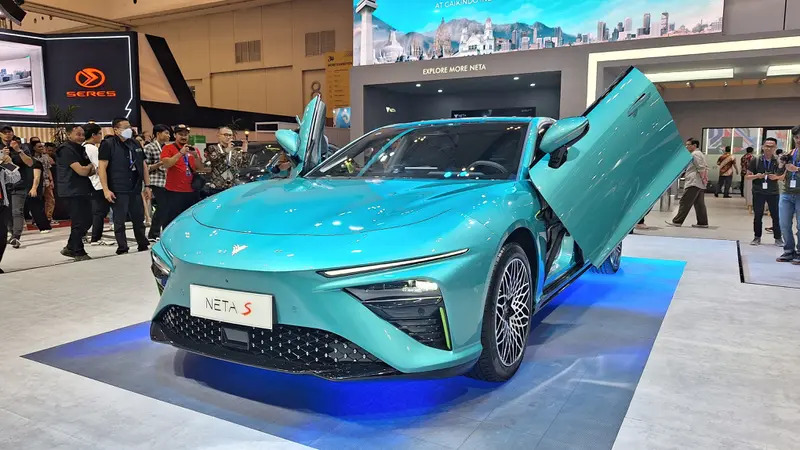
EV sales in Indonesia currently make up a small portion of all auto sales, despite the enormous growth potential. In 2022, just 10,327 electric battery-powered vehicles were sold, or about 1% of all automobile sales. However, the Indonesian government intends to have 400,000 electric four-wheelers and 1.8 million electric two-wheelers on the road by 2025.
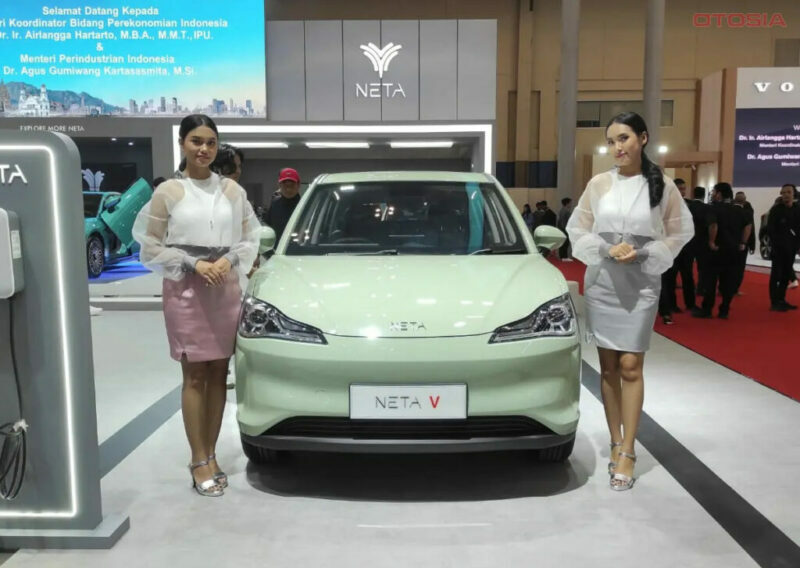
Indonesia has announced a subsidy program that will fund the sales of 35,900 electric automobiles and 200,000 electric motorcycles in an effort to increase the demand for electric vehicles. Additionally, it will include the conversion of 50,000 motorcycles with internal combustion engines to electric propulsion systems.
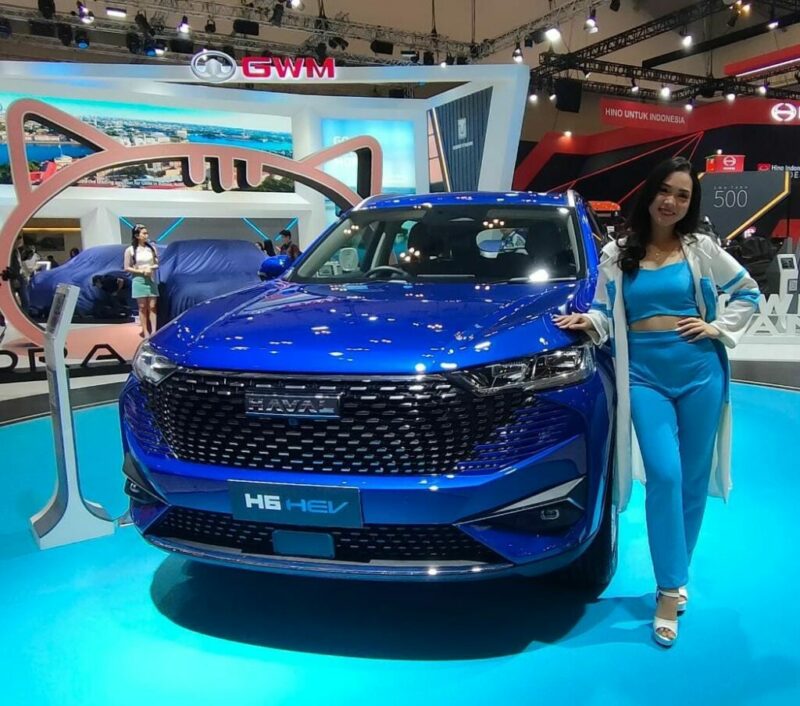
Electric buses and vehicles that fulfill certain domestic content requirements are eligible for zero percent value-added tax and zero percent export duty from the government. For each on-shore purchase of an electric vehicle, consumers can earn up to 80 million rupiahs ($5,130), and the government will guarantee cheaper ownership costs.
Related: Tax Cuts Boost EV Sales in Indonesia
The subsidy program, which started on March 20 of this year, is an addition to Indonesia’s initiatives to establish local EV production facilities to capitalize on the nation’s abundant nickel reserves, a crucial component of the lithium-ion batteries used in EVs.
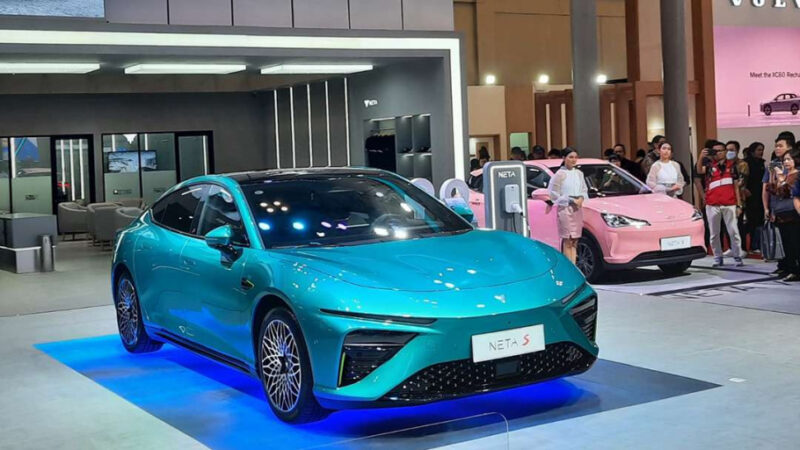
Indonesia’s coordinating minister for maritime affairs and investment, Luhut Pandjaitan, has stated that the country aspires to become “one of the top three countries in the world producing EV batteries as well as electric cars” by 2027. Furthermore, the Indonesian government is also eager to promote electric vehicles as part of its plan to reduce greenhouse gas emissions by 29% by 2030.

A computer animation professional with over 23 years of industry experience having served in leading organizations, TV channels & production facilities in Pakistan. An avid car enthusiast and petrolhead with an affection to deliver quality content to help shape opinions. Formerly written for PakWheels as well as major publications including Dawn. Founder of CarSpiritPK.com

